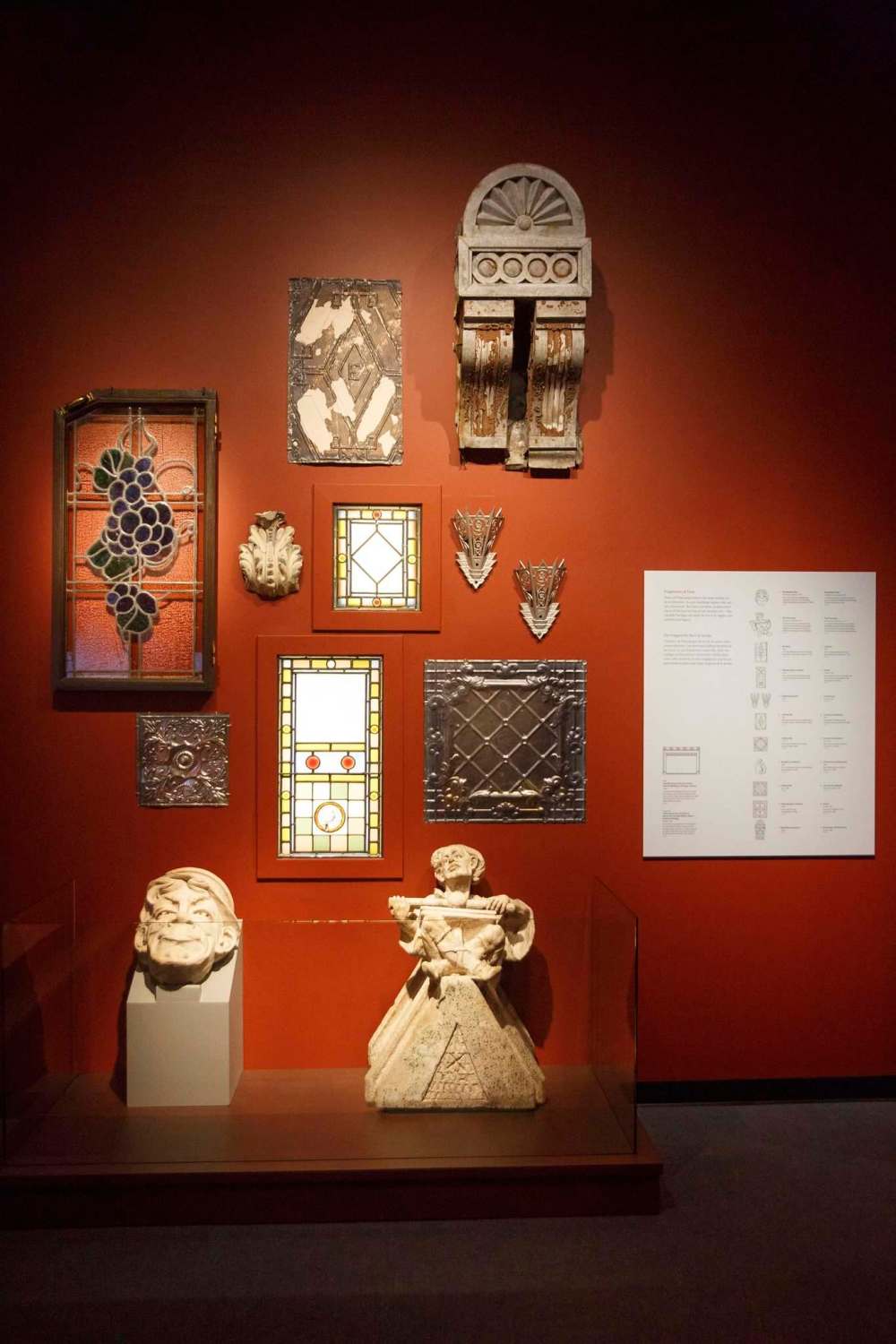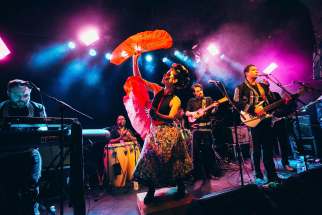New gallery tells Winnipeg history through its people
Read this article for free:
or
Already have an account? Log in here »
To continue reading, please subscribe:
Monthly Digital Subscription
$0 for the first 4 weeks*
- Enjoy unlimited reading on winnipegfreepress.com
- Read the E-Edition, our digital replica newspaper
- Access News Break, our award-winning app
- Play interactive puzzles
*No charge for 4 weeks then price increases to the regular rate of $19.00 plus GST every four weeks. Offer available to new and qualified returning subscribers only. Cancel any time.
Monthly Digital Subscription
$4.75/week*
- Enjoy unlimited reading on winnipegfreepress.com
- Read the E-Edition, our digital replica newspaper
- Access News Break, our award-winning app
- Play interactive puzzles
*Billed as $19 plus GST every four weeks. Cancel any time.
To continue reading, please subscribe:
Add Free Press access to your Brandon Sun subscription for only an additional
$1 for the first 4 weeks*
*Your next subscription payment will increase by $1.00 and you will be charged $16.99 plus GST for four weeks. After four weeks, your payment will increase to $23.99 plus GST every four weeks.
Read unlimited articles for free today:
or
Already have an account? Log in here »
Hey there, time traveller!
This article was published 31/10/2019 (2234 days ago), so information in it may no longer be current.
Ruth Christie’s eyes light up when she talks about her great, great grandfather, Joseph Monkman.
He was the big, strong Métis healer and interpreter known as The Guide, who led John Christian Schultz, leader of the Canadian party opposing Louis Riel, from the Red River settlement to Toronto — on snowshoe — following Schultz’s escape from prison during the Red River Rebellion.
Monkman was gifted a silver box from Queen Victoria for his trouble. And now, that box is one of over 100 artifacts on view in the Manitoba Museum’s new Winnipeg Gallery, which is open to the public Nov. 1.

Christie, a 78-year-old Métis storyteller, historian and elder-in-resident at the University of Winnipeg, is one of hundreds of Winnipeggers whose stories shaped the gallery, which traces the history of Winnipeg from the beginning to present day. The Winnipeg Gallery is Manitoba Museum’s first new permanent exhibition space since 2003, and is the second phase of the museum’s Bringing Our Stories Forward capital renewal project, which aims to refurbish and transform 42 per cent of the museum’s galleries by the fall of 2020.
When faced with the herculean task of distilling our city’s history into a gallery space, Roland Sawatzky, the Manitoba Museum’s curator of history and lead content developer for the Winnipeg Gallery, turned to the most interesting part of a city: its people.

“That’s what makes a gallery come alive,” he says. “That’s what makes history come alive for people, those personal connections, those personal stories, the emotions we all attach to those, is incredibly important as an engagement tool for learning history.”
Gallery-goers are greeted by the faces lining the Personalities Wall, which features 30 notable Winnipeggers from all walks of life, with Oji-Cree politician Elijah Harper alongside prima ballerina Evelyn Hart.
A timeline film following the chronology of the city has been transformed into the gallery’s focal point using another piece of Winnipeg history. The screen is framed by the Tyndall stone entrance from the Eaton’s building, which was demolished in 2003, and the brass trim from one of the department store’s display windows. This space also features other pieces from Winnipeg buildings long-since demolished, such as the terracotta sculptures that used to be on the exterior of the Winnipeg Tribune building and a stained-glass window from the old City Hall.

The main gallery space features a seven-metre-long case filled with over 100 artifacts grouped into seven themes: City of Celebration, City of Water, Military in Winnipeg, City of Contrasts, City of Newcomers, Becoming a City, and Indigenous Homeland. Audiences can learn more about the objects — which range from a “Got Water? Thank Shoal Lake No. 40” T-shirt to an early Winnipeg Folk Festival program — and stories behind them using the gallery’s interactive touch-screen kiosks.
“It allows visitors to dive in and follow their own interests, and we tried to make that as varied as possible,” Sawatzky says. “The space isn’t huge; we were limited with what we could work with, so we wanted to make it as varied and high-impact has possible. And, of course, Winnipeg has so many stories to tell. A lot of them are not easy stories, some of them are really tragic and thought-provoking, others are a triumph. We’ve tried to include all of that.”
It was also a priority for the curatorial team to fully integrate Indigenous and newcomer stories into the gallery, working with the Indigenous Advisory Circle as well as a Community Engagement Team for Immigration.

For Christie’s part, she’s pleased that the Winnipeg Gallery is telling positive stories about her people.
“It’s fascinating stories as a child, and it means something personal when it’s your ancestor. When you think about all the advancements my people have contributed, it makes me proud,” she says. “There’s so much negativity regarding my people. I don’t want to dwell on that. Once you start looking up, that minus becomes a plus.”
Rachel Erickson, the museum’s manager of learning and engagement, spent years collecting stories, specifically from newcomers to the city.
“We set up pop-up museums at three different shopping malls, asked the community if they have immigration stories, and we met hundreds of people who wanted to share. And then we followed up with oral history recordings with people who came from all over the world, some 40 years ago, some one year ago. Many of those stories have made their way into the gallery through the oral history recordings and videos.”
Erickson said she was honoured to be able to meet people in their homes, and see the threads that pull all these individuals together.
“They are the city,” she says. “This is Winnipeg.”
jen.zoratti@freepress.mb.ca
Twitter: @JenZoratti

Jen Zoratti is a Winnipeg Free Press columnist and author of the newsletter, NEXT, a weekly look towards a post-pandemic future.
Our newsroom depends on a growing audience of readers to power our journalism. If you are not a paid reader, please consider becoming a subscriber.
Our newsroom depends on its audience of readers to power our journalism. Thank you for your support.














